Who Controls the User Experience? AMD’s Carrizo Thoroughly Tested
by Ian Cutress on February 4, 2016 8:00 AM EST#4 The HP Pavilion 17z-g100 (Carrizo, A10-8700P)
Of the group, the HP Pavilion sits as the larger screen, medium range hardware component with a similar sort of finesse to the Elitebook, albeit at a much lower price point. This 17-inch model was certainly heavy, suggesting that it is more aimed at that desktop replacement or mobile office group of users who want a large screen, although this one was also a 1366x768 TN panel, which pushes down the sticker price.
| HP Pavilion 17z-g100 (Carrizo) Specifications | |
| Size and Resolution | 17-inch, 1366x768 TN with Touch |
| Processor | AMD A10-8700P Dual module, 4 threads 1.8 GHz Base Frequency 3.2 GHz Turbo Frequency |
| Graphics | Integrated R6 384 Shader Cores 800 MHz maximum frequency GCN 1.2 |
| TDP | 15W |
| Memory | 8 GB in Single Channel Operation 1 x 8GB at DDR3L-1600 C11 Dual Channel Capable |
| Storage | 1TB HGST HDD |
| Battery Size | 41.113 Wh 4 cell Li-Ion design |
| WiFi | Realtek RTL8723BE 802.11n 1x1 |
| Optical Drive | Yes |
| Dimensions | 16.49 x 11.29 x 1.12-inch |
| Weight | From 6.84 lbs |
| Webcam | 1280x720 |
| Ports | Memory Card Reader HDMI 2 x USB 3.0 + 1 x USB 2.0 10/100 Ethernet |
| Operating System | Windows 10 Home |
This unit was purchased especially for our testing (it turns out there’s a Best Buy around the corner from AMD HQ), and comes in low on the hardware all around. Aside from the screen, the A10-8700P processor comes mid-stack of the Carrizo parts, with a 1.8 GHz base and 3.2 GHz turbo frequency for the dual module/quad thread design. The integrated graphics rings in at 384 streaming processors, or 6 compute units, running at 720 MHz.
Memory and storage are at the base level, going for a single module of 8GB (meaning single-channel memory operation) and a 1TB HGST mechanical hard-drive. The Pavilion is dual channel capable though, which would be my first port of call for an upgrade. The Wi-Fi is also bargain basement, being a single stream 802.11n solution in the Realtek RTL8723BE.
There has to be some upsides to this, right? Assuming low power everything, low resolution display, large heavy design with a big battery? Our light battery life test clocked in at 5.43 hours, or 326 minutes, meaning that some of the hardware here is only here because it needs to hit a price point.
The Design
Aside from the specifications, the Pavilion has a good look to it.
Aside from the outside of the chassis at the top of the page, the insides give a near-complete keyboard with a number pad and a curved fold-in display latch that feels aesthetically pleasing to me. The keyboard has some quirks, namely the arrow keys are of different sizes and the lack of a quick access mute/airplane mode button. The trackpad is slightly offset to the left, and I didn’t actually hate the movement on this one. The wrist rest is smooth but plastic, the sort that leaves oils and grease from hands touching it.
The audio strip is a Bang & Olufsen design, with a power button on the left.
On the sides we get two USB 3.0 ports, a single USB 2.0 port, HDMI output, power/drive lights, a 3.5 mm headset jack, the exhaust vents, a full sized Ethernet port, a card reader, and the first laptop in this test with a DVD drive.
The vent on the side is the exhaust, and the intakes for the Pavilion are on the bottom, as shown above. As you might expect, there are a number of rubber feet on the bottom, including a single strip closed to the user, to help with stability, balance and grip.
Pavilion Specific Testing
On the display, the minute someone announces 13x7 TN it should fill most enthusiasts with dread. The lack of viewing angles was fairly obvious, but it wasn’t the worst display we tested from the set. Low brightness was at 0.624 nits while peak brightness was at 203 nits, giving a respectable 325 contrast ratio. The peak brightness is somewhat low, but that low peak brightness fits between the two Elitebooks.
For color reproducibility, both green and red have a good crack at it, with green doing better under 50% and red doing better over 50%. Blue undershot the whole range pretty much, as we saw on the other HP notebooks.
The processor page looks much like the others, with four processing threads and six graphics compute units.
On the integrated R6 graphics, this confirms the 384 streaming processors running at 720 MHz. An interesting element here is the memory bandwidth, showing 19.2 GB/s which is half-way between single channel and dual channel, which means the memory might speed up under load, or we have a wrong reading. Not sure on that one.
On the battery charge, the 41.1 Wh battery gave a 50% charge in 41 minutes, before hitting 98% charge in 96.


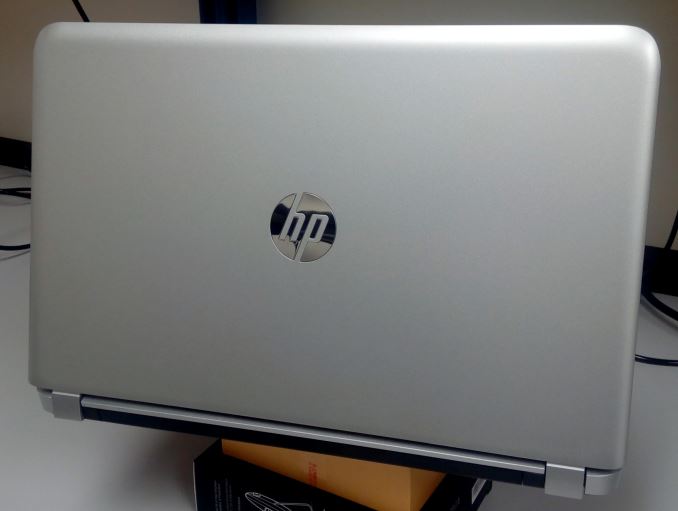






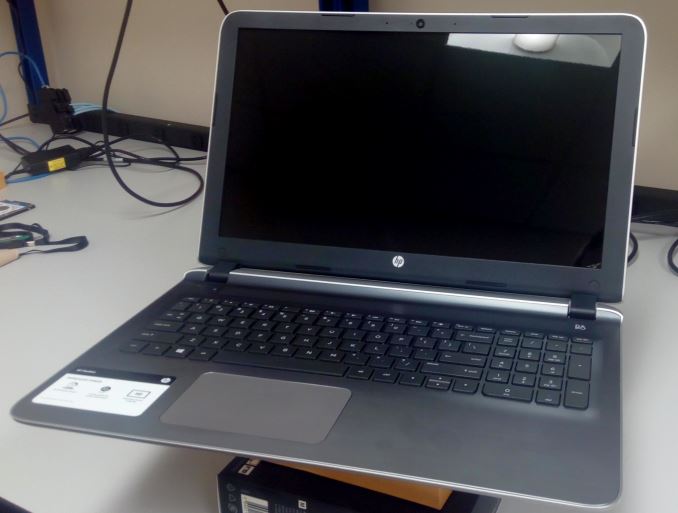
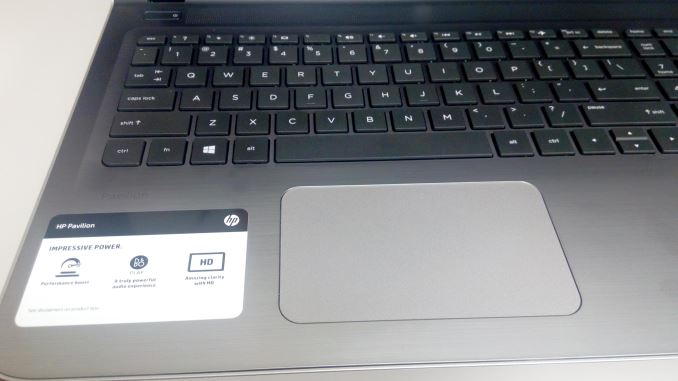
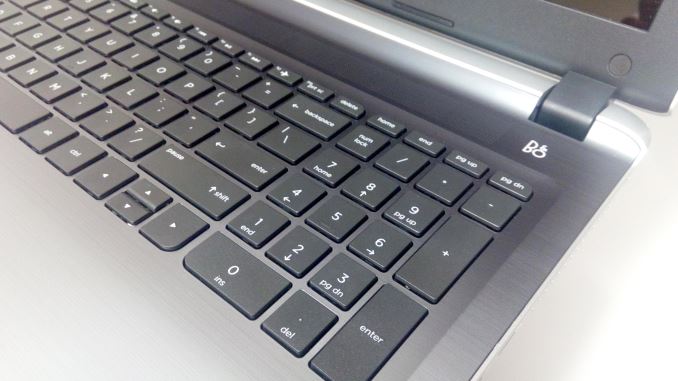


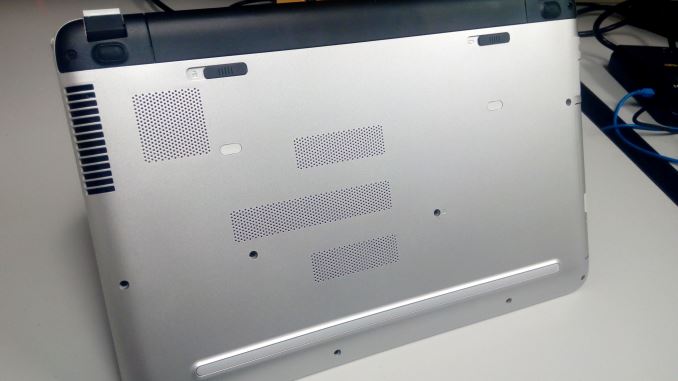
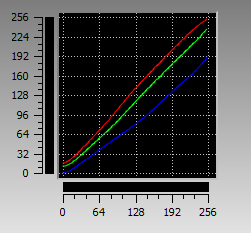

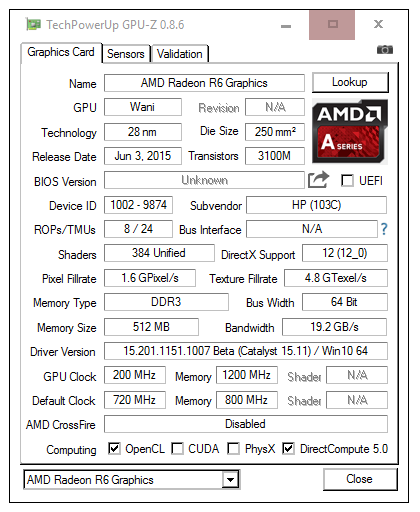
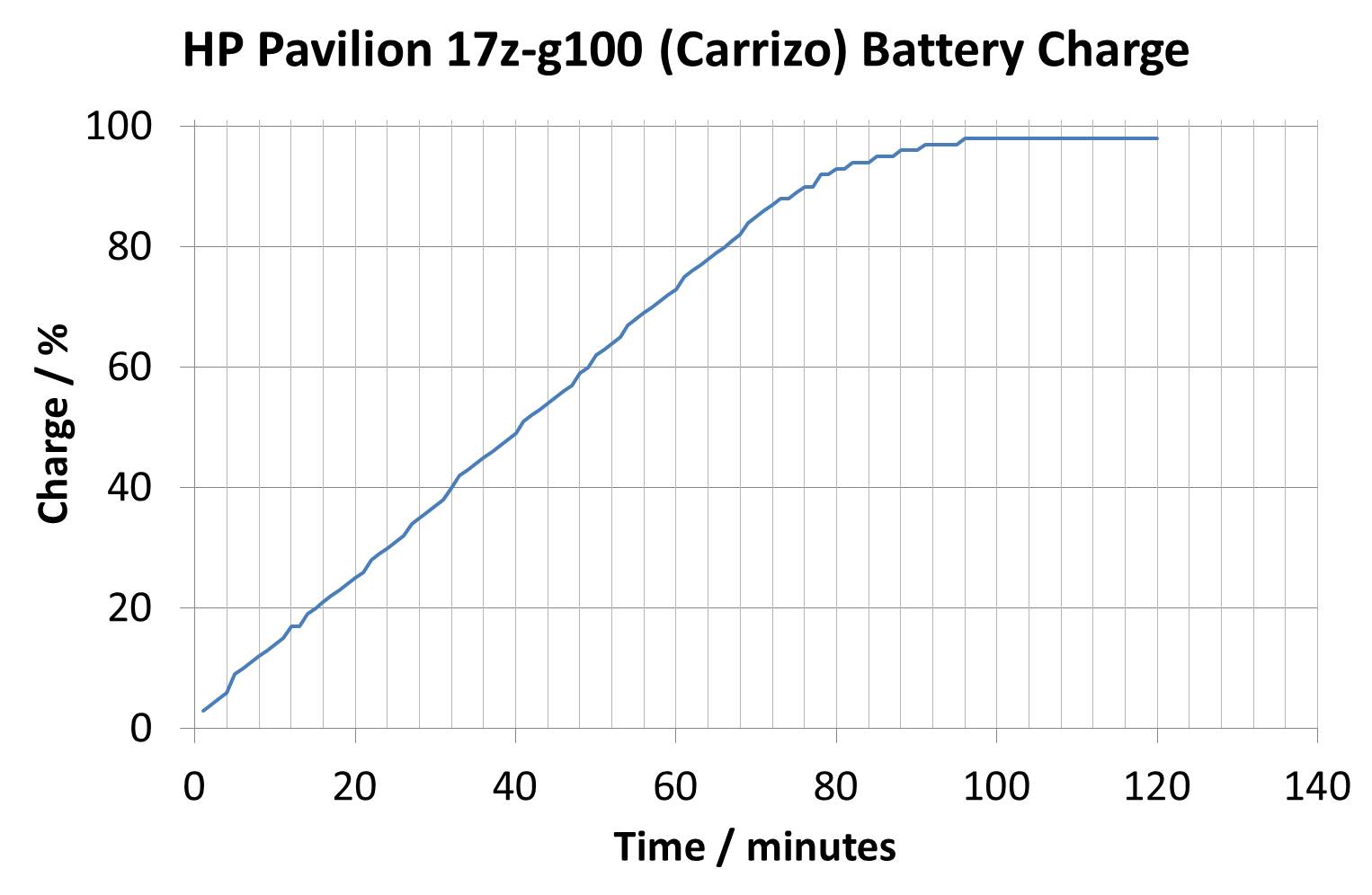








175 Comments
View All Comments
Ian Cutress - Friday, February 5, 2016 - link
It is. It was correct in the table :P fixed!Intel999 - Friday, February 5, 2016 - link
So what I had originally thought would be an advantage for Carrizo, the same motherboard for both Carizzo and Carizzo-L, turned out to screw AMD since OEMs refuse to provide any semblance of sufficient memory on the Carizzo non L chipsets.As for Zen, I can promise you that it will be a failure in laptop configurations if OEMs continue to reign it in with poor configurations such as single channel memory, HDDs and low quality screens.
The only way to get a quality AMD system in this day and age is to go to a custom PC builder and give him the specs you require. Unfortunately, 90% of PC consumers wouldn't know what specs to give the builder and I'm sure Intel has coerced a lot of custom builders to push their CPUs through kickbacks.
reepca - Saturday, February 13, 2016 - link
Could you name a custom PC builder that can build a laptop with Carrizo for me...? Or when you say "PC" do you mean "Desktop" (already gottaone)?junky77 - Friday, February 5, 2016 - link
My Y700 has 4GB of vRAM and GPU-Z show M385XAlso, no talk about DX12?
Bateluer - Friday, February 5, 2016 - link
Any idea when we'll see the X4 845 arrive for desktops?mrdude - Friday, February 5, 2016 - link
Amazing article, Ian! Took the better part of an hour to read it between chores and emails, but it was time well spent :)That said, I feel like one aspect regarding AMD's race-to-the-bottom has been ignored: AMD's own role in it. For decades, and with only a couple of notable exceptions, AMD has marketed itself as the cheaper alternative with 'good enough' performance. Well, unfortunately they've succeeded and this is the result. Carrizo processors on lagging nodes being sold, if only to decrease OEM investments, for dirt cheap and can only just compete with Intel's low end/mid-tier chips. If their engineers are proud of their efforts, then perhaps they need a reality check and take a look at those benchmarks. The APU is so lopsided and bandwidth starved that it should have never made it past the initial stages of design. (Why on earth are they selling 512SPs if they can't feed them? Is the company more worried about chewing up GloFo wafer commitments than designing a balanced design?)
For AMD to command more volume, higher profit margins, and dictate minimum design/spec requirements, AMD also has to start making class-leading products. 'Good enough' should never be uttered within corporate offices else risk being fired. Unfortunately, mediocrity has been the staple of AMD's CPU side for as long as I can remember. CEOs and chief architects have come and gone, and things still haven't changed. After the X2 derivatives of the A64/K8 the company admitted defeat, if not outwardly than certainly tacitly.
I'm not hopeful. Those days are long gone. It's been far too long since AMD has made something that has piqued my, or consumers', interest. They've got nothing but recent failures to point to. Unless Zen comes out and actually beats out Intel's comparable chips in cost, single-threaded, multi-threaded, and power consumption, every person within AMD should admit defeat. The goal is perfection, and personally it seems they still don't understand that.
wow&wow - Monday, February 8, 2016 - link
"they still don't understand that."Because the paychecks are automatically deposited, no feeling about whether having paychecks or not since having them is a given : )
Lolimaster - Friday, February 5, 2016 - link
AMD PLEASE, start selling mobiles devices under your brand.4 of 5 "design wins" shown here are complete sh*t, the Lenovo supposed to be at least decent got serious problems of throttling because they designed the cooling for a 15w TDP.
You're screwing yourself AMD letting OEM's troll you time and time again.
wow&wow - Friday, February 5, 2016 - link
A must read for AMD employees, particularly those who define, approve, or market products, tests needed for those : )thatthing - Friday, February 5, 2016 - link
my Lenovo y700 came with 8gb ram in two 4gb sticks. Sandra and cou z show duel channel. memory test is very similar to my desktop kaveri system with ddr1600. also my r9m385x has 4gb memory. amd's specs list it as 896 shader, which I would agree with as it performs like my 7790 in firestrike